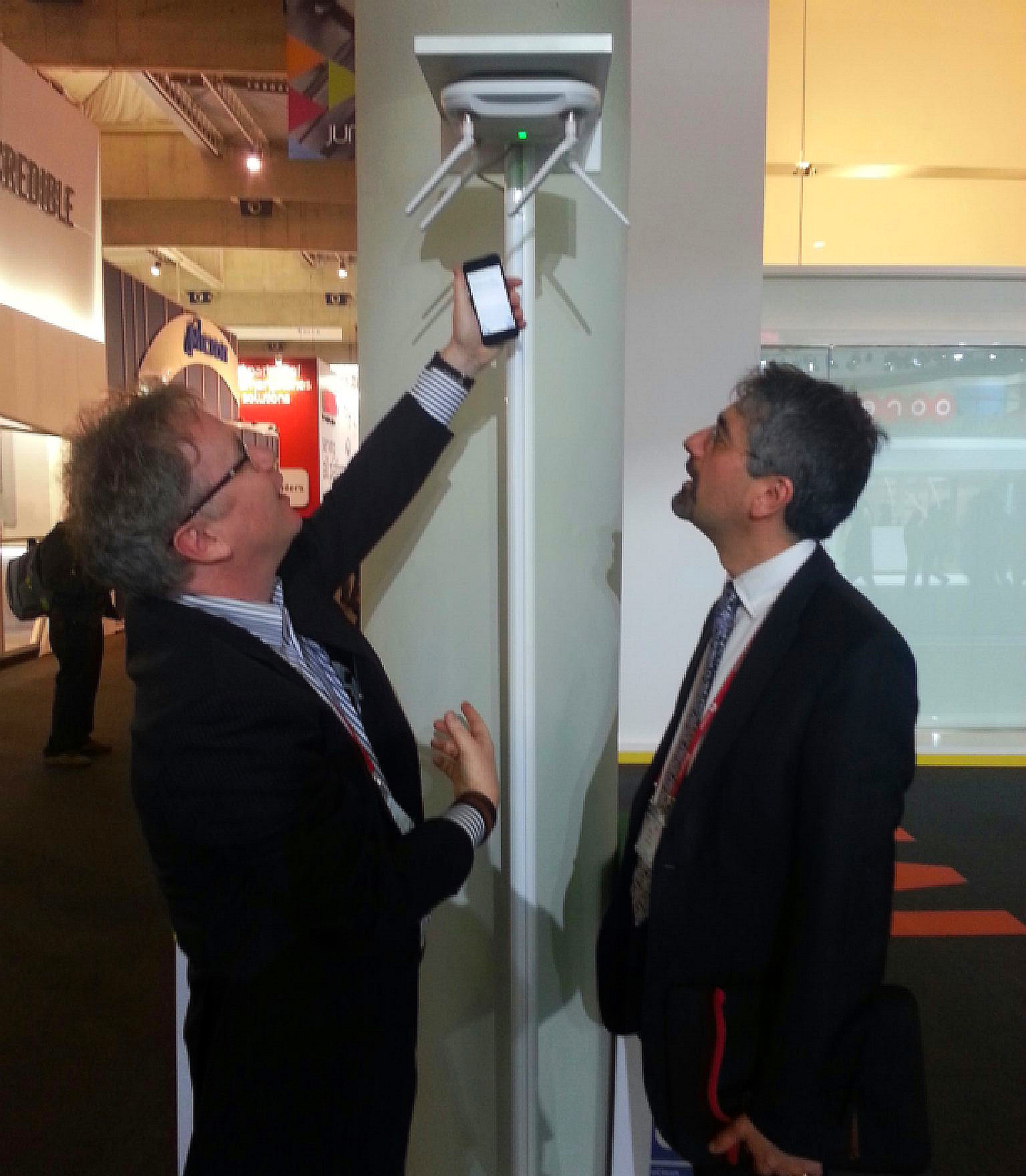Mobile World Congress 2014 Event Coverage
By: Jesse Cryderman, Scott St. John - Pipeline

 arcelona was the place to be during the last week of February, as a record 85,000 attendees representing
201 countries converged on the Fira Gran Via and the Fira Montjuic for the GSMA’s Mobile World Congress 2014 and mPowered partner event. It was also the biggest MWC yet, in terms of sheer size and
scope, boasting more than 2.6 million square feet of exhibition space, and encompassing a greater number of industries than ever before.
arcelona was the place to be during the last week of February, as a record 85,000 attendees representing
201 countries converged on the Fira Gran Via and the Fira Montjuic for the GSMA’s Mobile World Congress 2014 and mPowered partner event. It was also the biggest MWC yet, in terms of sheer size and
scope, boasting more than 2.6 million square feet of exhibition space, and encompassing a greater number of industries than ever before.“By any measure, the 2014 Mobile World Congress was a stunning success and we thank our attendees, exhibitors, sponsors and partners for their continued support,” said John Hoffman, CEO, GSMA Ltd. “Beyond the number of attendees and participating companies, the continued expansion of the event to address key adjacent industry sectors demonstrates just how pervasive mobile is in our everyday lives and how integrated it is becoming in everything that we do. It’s gratifying to be part of such a dynamic, exciting industry."

Tens of thousands flood the Fira Gran Via for Mobile World Congress 2014. Photo Courtesy of GSMA
But bigger isn’t always better, especially when it comes to logistics—just ask anyone who had to walk from, say, Hall 1 to Hall 8.1 to catch a meeting. A 20-minute hike like that makes one wish the GSMA mobile app had route-planning and timing functionality, with rules that manage schedules accordingly. While the app did provide rough location-based navigation through the exhibition, the coordinates were "coarse" at best and gave no indication of time between halls.
Larger audiences also put a greater strain on mobile networks, whether cell or Wi-Fi. Despite a press push that highlighted carrier-grade Wi-Fi, once again the world's largest wireless show was plagued with connectivity issues.

In the picture to the right, Martin Wren-Hilton, Head of Wireless Innovation at TalkTalk and Professor Simon Saunders of Real Wireless and founder of the Femto Forum (now the Small Cell Forum) look upwards in the hopes of finding wireless internet connectivity. The GSMA installed 1,200 Wi-Fi access points with a fiber backbone and 10Gbps capacity (5,000Mbps uplink, 5,000 Mbps downlink). However, many attendees—press and exhibitors alike—complained of being inexplicably “kicked off” Wi-Fi, often during a demo. The network was indeed high-powered, but strained; the additional 10,000 attendees, the way in which HD media is shared, and the number of devices per person (several of us had three devices, always connected), are some explanations.
This year, the greatest emphasis was on the tools and strategies required to virtualize communications networks (such as NFV and SDN), the enablement and monetization of the Internet of Things (IoT) and M2M, the evolution and application of NFC, and the ways in which a myriad of solutions can be used to improve the customer experience. Customer Experience Management (CEM), big data and security permeated almost every discussion at the show. The event was truly massive and the event theme "creating what's next" touched upon everything from the evolution mobile networks to small cells and connected cars, healthcare, and homes. Exhibits showcasing cars, interactive toys, and futuristic wearble devices demonstrated a small but distinct departure from previous years. While we feel this was a clear alignment with the evolution of the mobile industry, it still was different and a few people Pipeline met with indicated they felt this may be an indication of a larger departure from the event's historic core mobile focus. While we generally disagree, one can't help but to think back to the last years of SuperComm and the exhibits filled with cell phone covers and battery packs.
Monday night featured a keynote from a relatively unknown fella by the name of Mark



















